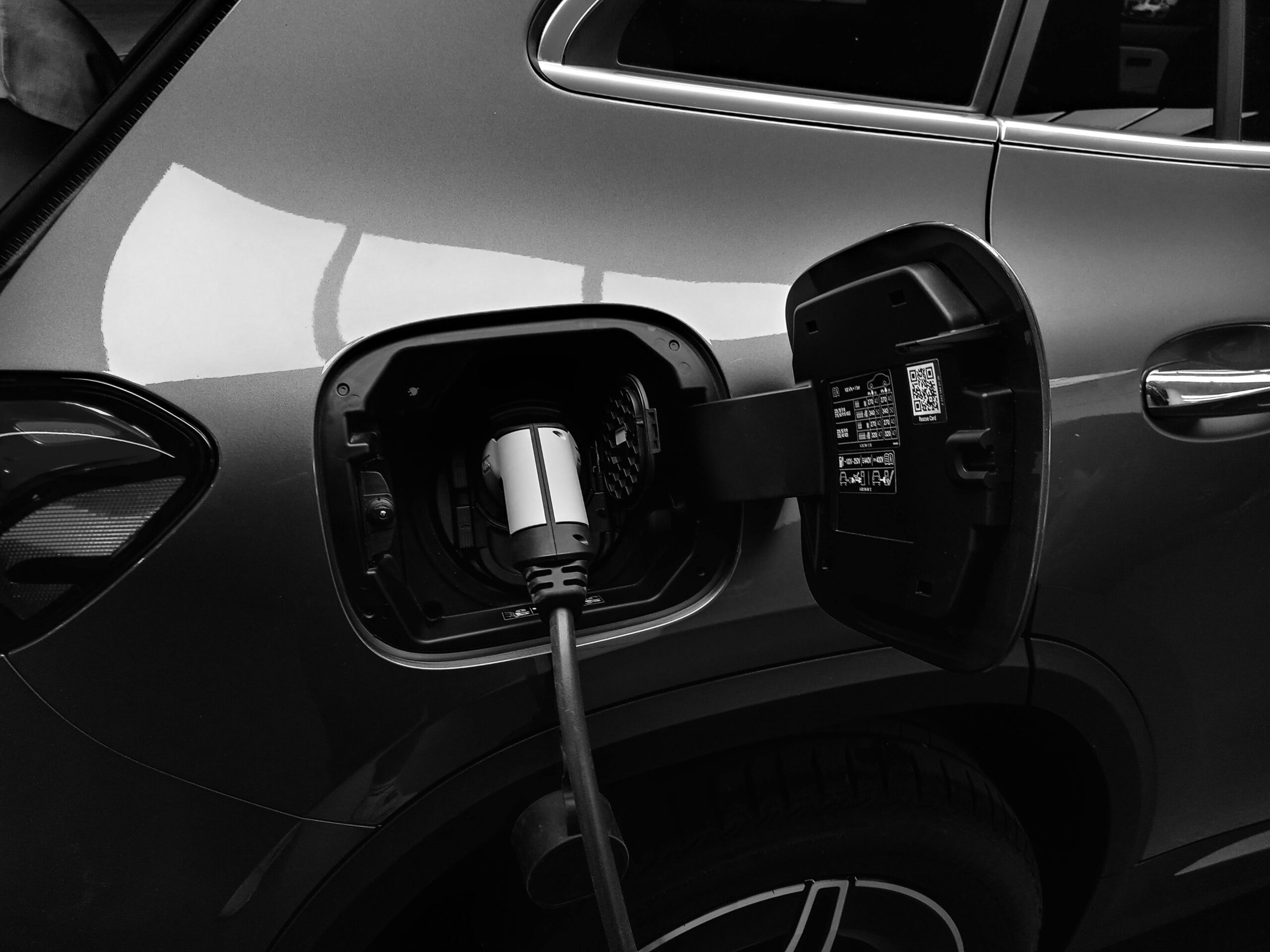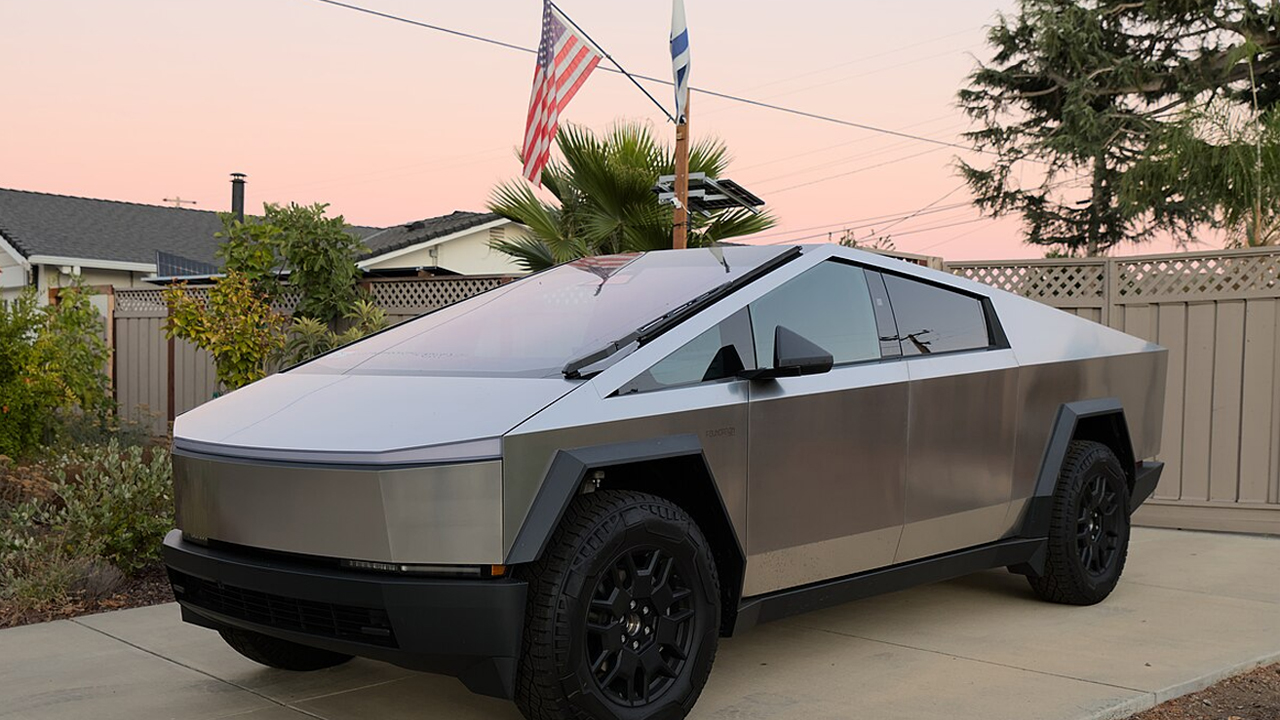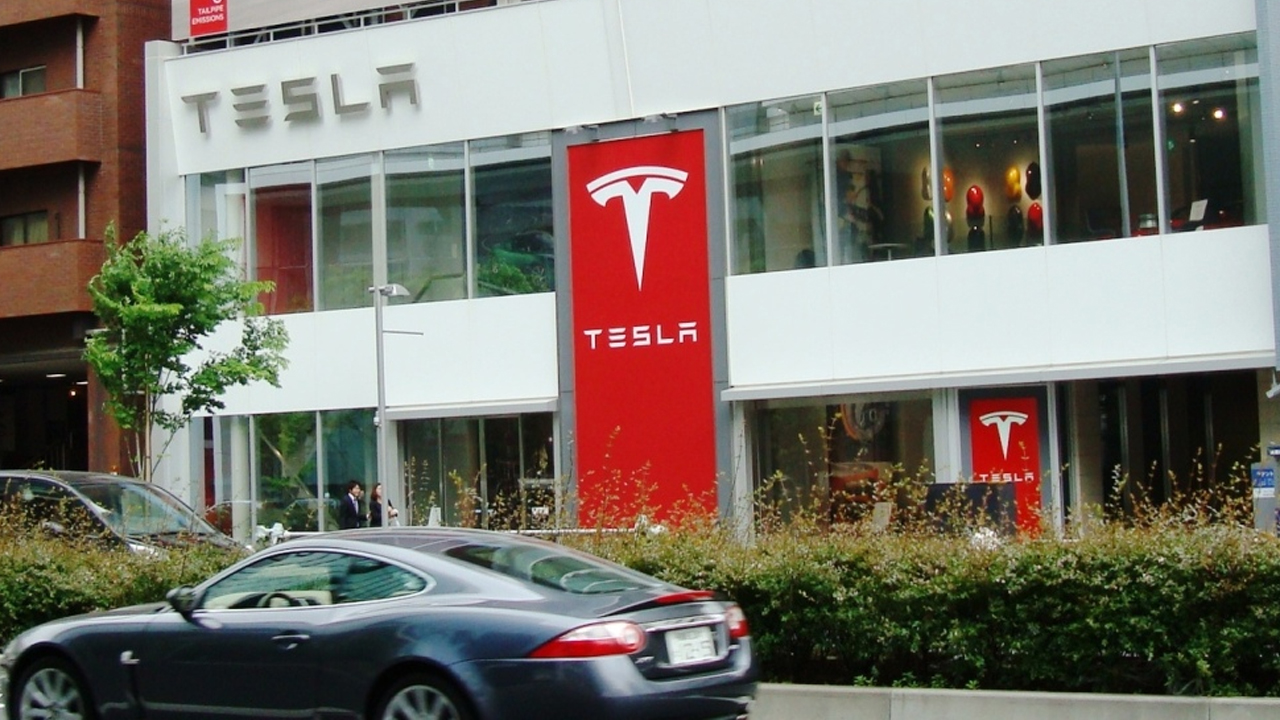Tesla just took a big step toward its robotaxi vision—one that’s been talked about for years but only now has real traction in California. The state officially granted Tesla a permit to operate pre-arranged transportation for employees, which might sound minor, but it’s actually a foundational move for what could become a full-fledged self-driving taxi service down the line.
To be clear, this doesn’t mean Tesla robotaxis are about to flood the streets tomorrow. But it’s the first real regulatory green light in the process. Here’s what the permit means, what Tesla still has to do, and how it stacks up against the companies already operating in this space.
Understanding the Transportation Charter-Party Carrier Permit
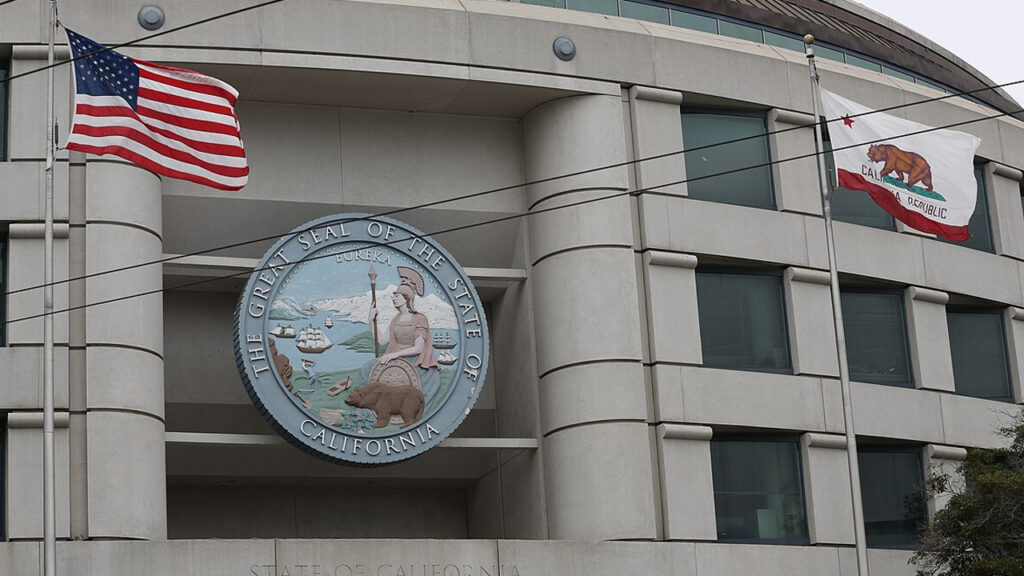
Tesla recently secured a Transportation Charter-Party (TCP) carrier permit from the California Public Utilities Commission (CPUC), marking a major step in its robotaxi ambitions. This permit allows Tesla to operate a fleet of vehicles for pre-arranged transport of its employees. But let’s be clear—it doesn’t mean they can launch a public self-driving taxi service just yet.
This permit is foundational, but limited. Tesla still needs separate approvals from both the CPUC and California’s Department of Motor Vehicles (DMV) before it can test or roll out a public robotaxi program. (Source: Reuters)
Additional Regulatory Hurdles Ahead
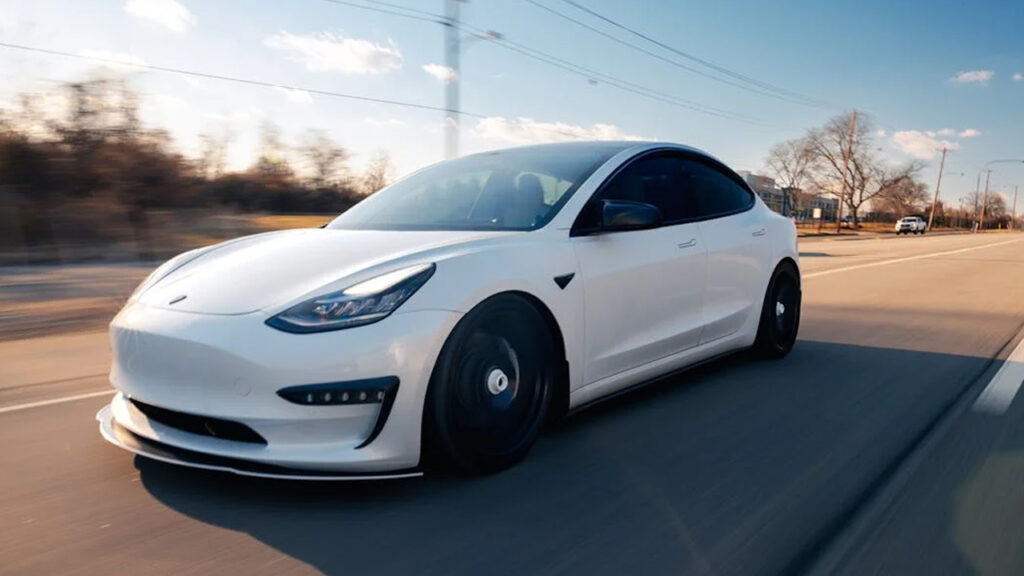
Getting the TCP permit was just the opening move. Tesla still has a few more steps before its self-driving fleet can hit California streets. The company hasn’t applied for the state’s autonomous testing or deployment permits yet—which are both essential if it wants to legally operate driverless vehicles for public use.
Until those boxes are checked, Tesla can only use its current permit for internal transport. This means no public robotaxi rides for now, and no full-scale launch until more approvals come through. (Source: Electrek)
Tesla’s Long-Term Vision for Ride-Hailing

Elon Musk has made it no secret—Tesla wants to dominate the autonomous ride-hailing game. Last year, the company revealed its Cybercab design: a sleek, two-seater with no steering wheel or pedals, made specifically for full automation. The goal is to begin production before 2027, though that’s contingent on tech readiness and regulatory clearance.
This strategy plays into Tesla’s larger vision of turning its existing fleet into revenue-generating robotaxis. Musk believes owners could one day opt into a shared network where their vehicles earn income while idle. (Source: Wikipedia)
Where Tesla Stands Compared to Competitors

While Tesla is just getting started on the permit side, other companies are already operating in this space. Waymo, for example, has launched autonomous ride-hailing services in cities like Phoenix and San Francisco. Cruise has been running robotaxis in multiple test markets as well, giving them a head start in real-world data and operations.
Tesla’s advantage may lie in its scale and vertically integrated ecosystem—but catching up to competitors who already have cars on the road will take more than permits. (Source: Wikipedia)
What This Means for the Future of Tesla
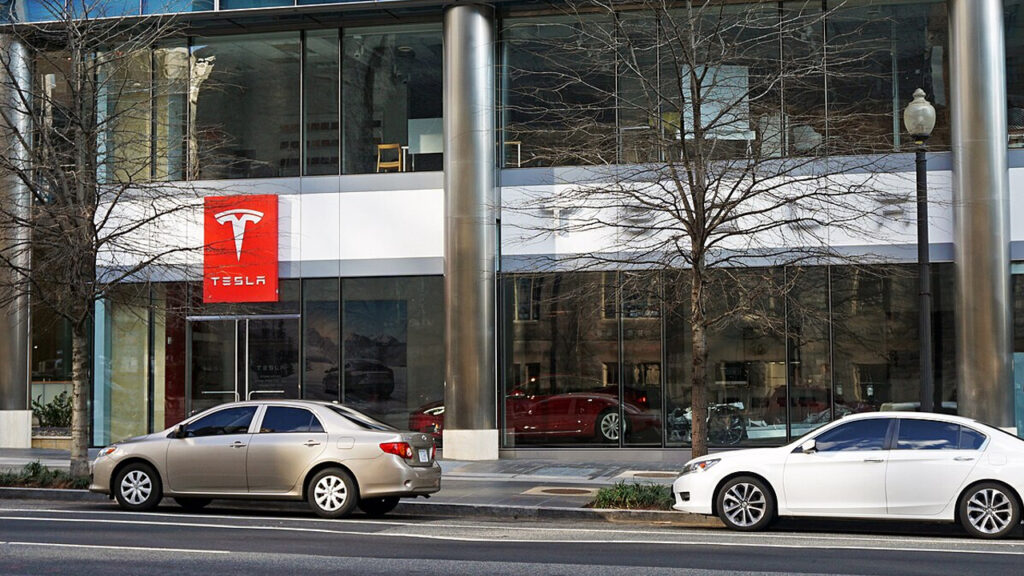
Landing this permit shows Tesla is making real moves behind the scenes, but the finish line is still a ways off. Until it secures full autonomous approval, this remains a preliminary step—important, but limited in scope. Tesla’s larger goals depend on solving both regulatory challenges and self-driving tech hurdles.
Still, the groundwork is being laid. If Tesla clears the next rounds of approval and delivers on its tech promises, it could disrupt the ride-hailing world the same way it shook up the car industry. For now, all eyes are on what comes next.
